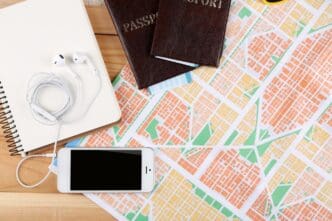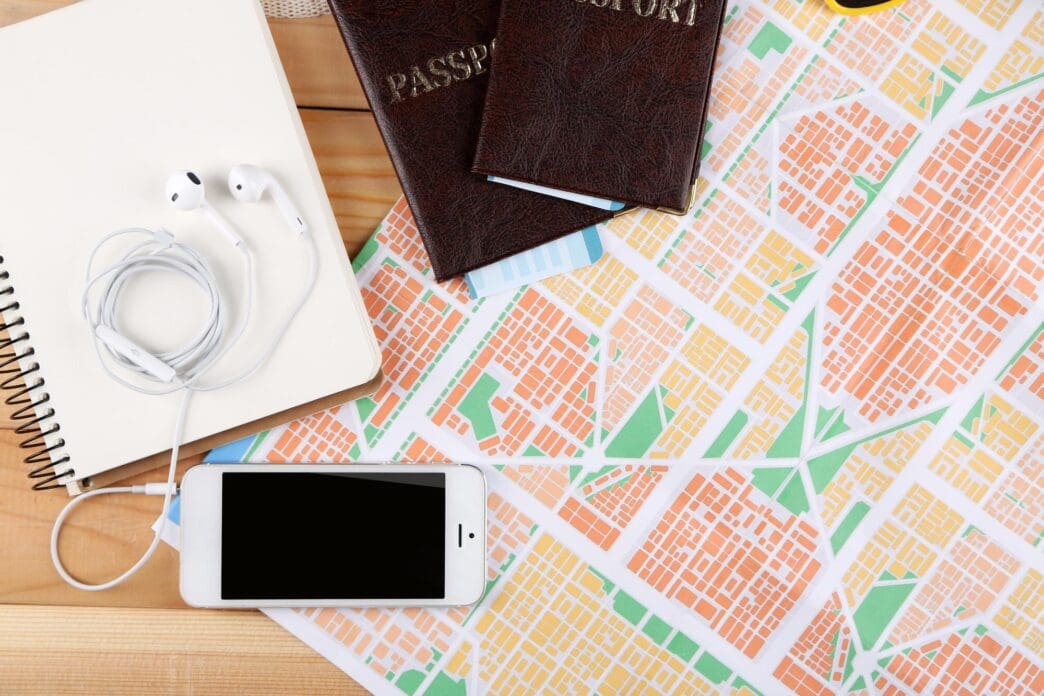A Quick Takeaway
The Story Behind the Trend
How to Make It Work for You
The Community View
For many avid runners, travel doesn’t mean hitting pause on their routine; instead, it presents a thrilling opportunity to explore new landscapes on foot. However, unlocking safe and enjoyable running routes in unfamiliar cities or regions is paramount for travelers, ensuring both physical safety and peace of mind. This comprehensive guide provides actionable strategies, from pre-trip planning to on-the-ground navigation, empowering runners to confidently discover the best and safest paths wherever their journey takes them.
The Traveler’s Dilemma: Why Safety Matters
Maintaining a running routine while traveling offers immense benefits, including stress reduction, boosting energy levels, and providing a unique way to experience a new destination. Running allows you to see a city from a different perspective, discovering hidden gems not found in guidebooks. Yet, running in an unfamiliar environment comes with distinct challenges, such as navigating unknown areas, understanding local customs, and assessing varying safety standards.
The primary concern is personal safety, which encompasses avoiding crime, preventing accidents, and ensuring you can find your way back. Language barriers can complicate asking for directions or help, while unfamiliar traffic laws or pedestrian etiquette can pose unexpected hazards. Therefore, a proactive approach to route selection and personal preparedness is crucial for a positive running experience abroad.
Pre-Trip Planning: Laying the Groundwork
Effective planning begins long before you lace up your shoes in a new city. Research is your most powerful tool in identifying safe and suitable running routes.
Researching Your Destination
Start by looking into local crime rates and any specific neighborhoods known for higher risk. Websites, travel forums, and even local government sites can offer valuable insights. Once you’ve booked your accommodation, check its proximity to parks, waterfronts, or designated pedestrian paths, which are often safer and more scenic options.
Leverage online tools like Google Maps and Street View to virtually “walk” potential routes. This allows you to assess the terrain, lighting, and general feel of an area from the comfort of your home. Don’t hesitate to ask your hotel concierge or local friends for recommendations; they often have insider knowledge about the best and safest places to run.
Identifying Potential Routes
Look for routes that are well-lit, have clear pathways, and are frequented by other pedestrians or runners. Public parks, boardwalks, river paths, and university campuses are generally good starting points. Avoid areas that appear deserted, poorly lit, or have dense foliage that could obscure visibility, especially if running alone.
Consider the time of day you plan to run. Some areas may be perfectly safe during daylight but become less so after dark. Always prioritize routes that are easy to navigate and have clear landmarks, minimizing the chance of getting lost.
On-the-Ground Strategies: Navigating the Unknown
Even with thorough planning, being adaptable and aware once you’re on location is essential. Trusting your instincts is a key component of safe running.
Daylight Running is Key
Whenever possible, schedule your runs during daylight hours. Visibility is significantly enhanced, allowing you to see potential hazards and be seen by others. If you must run in low light, ensure you have reflective gear and a headlamp or flashlight.
Trust Your Instincts
If a street, path, or area feels unsafe or makes you uneasy, turn around and find an alternative route. Your gut feeling is a powerful safety mechanism. Avoid shortcuts through unfamiliar alleys or dimly lit areas, even if they seem to save time.
Blend In
While running gear is universal, try to observe local dress codes or customs to avoid standing out as an obvious tourist. Minimize displaying expensive electronics or jewelry. Blending in can sometimes deter unwanted attention.
Stay Aware of Your Surroundings
Limit distractions like loud music or constant phone checking. Pay close attention to traffic, pedestrians, and any unusual activity around you. Keep your head up and maintain eye contact with people approaching you, signaling confidence and awareness.
Know Your Way Back
Before you head out, mentally note key landmarks that will help you retrace your steps. For initial runs, consider an out-and-back route rather than a loop, making it easier to navigate. Carry the name and address of your accommodation in the local language, just in case you need to ask for directions or take a taxi.
Essential Safety Gear and Practices
Beyond route selection, equipping yourself with the right tools and adopting smart habits can significantly enhance your safety.
Carry Identification and Emergency Info
Always carry a form of identification, your hotel’s address, and a local emergency contact number. A small card with “If Found, Please Call” and a contact number can be invaluable. Consider carrying a small amount of local currency for emergencies, like a taxi ride back.
Inform Someone of Your Route
Let a trusted person know your planned route and estimated return time. This could be a travel companion, hotel staff, or a friend back home. Many running apps also offer live tracking features that allow loved ones to monitor your progress.
Personal Safety Devices
A small personal alarm or whistle can be effective deterrents in an emergency. For runs in low light, reflective clothing and a headlamp are non-negotiable for visibility to traffic and pedestrians.
Stay Hydrated and Fueled
Carry water, especially in warm climates or on longer runs, as finding public water fountains may be difficult. If your run is extensive, bring an energy gel or snack to prevent bonking, which can impair judgment and energy levels.
Leveraging Technology for Your Run
Modern technology offers an array of tools to make your travel runs safer and more efficient.
GPS Running Apps
Apps like Strava, MapMyRun, and RunKeeper are invaluable. They not only track your run but often feature “Explore” sections where you can discover popular routes shared by local runners. Some apps also have live tracking capabilities, allowing designated contacts to see your real-time location.
Offline Maps
Before heading out, download offline maps of your running area using Google Maps or dedicated offline map applications. This ensures you can navigate even without an internet connection or in areas with poor cellular service, preventing you from getting lost.
Translation Apps
A translation app on your phone can be a lifesaver if you need to ask for directions, explain an emergency, or communicate with locals. Google Translate, for example, offers offline translation capabilities and even real-time conversation translation.
Local Ride-Sharing Apps
Have a local ride-sharing app (like Uber or a regional equivalent) downloaded and set up. This provides a quick and safe way to return to your accommodation if you get lost, become injured, or feel unsafe on your route.
Embrace the Journey
Embarking on a run in a new destination is an exhilarating experience that combines fitness with exploration. By prioritizing thorough research, staying acutely aware of your surroundings, utilizing modern technology, and trusting your instincts, you can confidently unlock safe and rewarding running routes. Remember, the goal is not just to maintain your fitness, but to enrich your travel experience with every stride, discovering the unique pulse of a new place on your own two feet.







